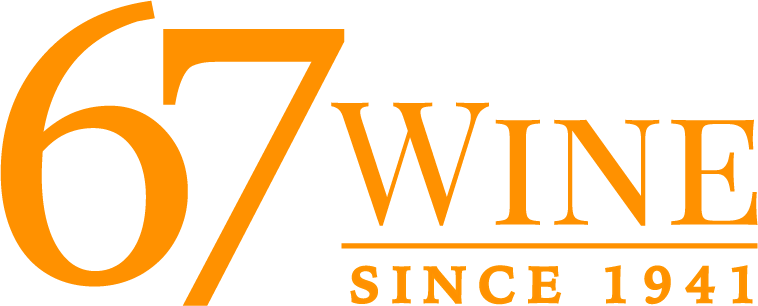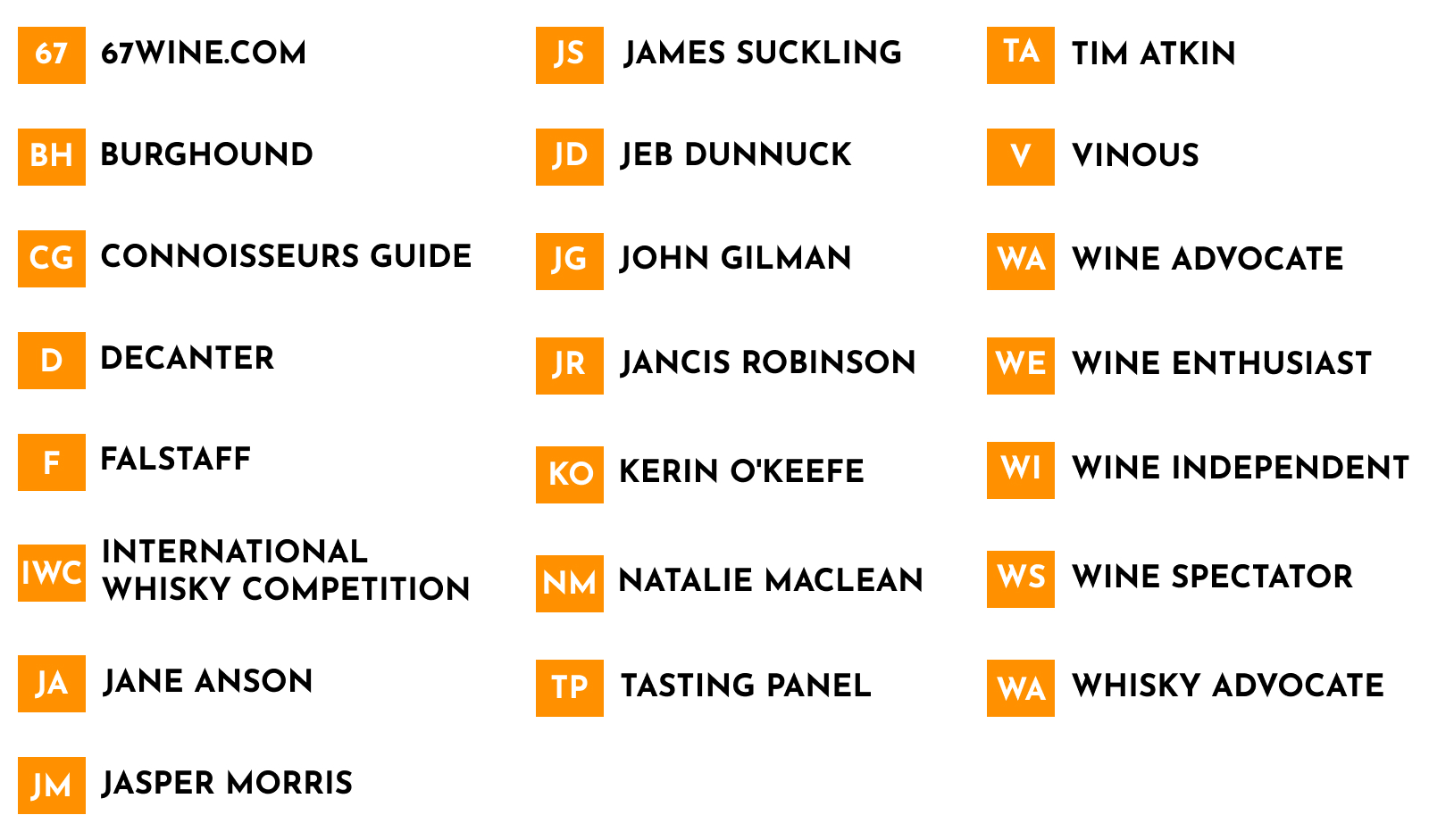To start, in order to be called Champagne, it has to come from Champagne. All other sparking wine, be it from Italy (Prosecco, Franciacorta), Spain (Cava), Germany, the United States, or even elsewhere in France, cannot be called Champagne.
Champagne... "Come quickly, I'm drinking stars," was the description from the most famous of all Benedictine monks, Dom Perignon.
Although the Champagne that bears his name didn't come until two centuries after his death, he is generally credited with standardizing the process now known as Méthode Champenoise, the Champagne Method.
-
In the modern Méthode Champenoise, the grapes, Pinot Noir, Chardonnay, and Pinot Munier, are fermented into still wine.
- The wine is then bottled, some sugar is added, and the wine ferments a second time in the bottle.
- The wine is stoppered with a crown cap and gently "riddled". The riddling process (half a turn and increasing the tilt daily) allows the dead yeast cells from this secondary fermentation to collect in the neck of the bottle.
- Just before the wine is released to the public, the wine is "disgorged." The neck is dipped into liquid nitrogen, freezing the plug of solids in the neck. The plug is then removed.
- The bottle is topped off with the "dosage." This is still wine, and may have added sugar. The amount of sugar is reflected on the label. In increasing amounts of sugar, the labels are:
- Brut Zero(no added sugar)
- Extra Brut, or Ultra Brut
- Brut
- Extra Dry (Extra Sec)
- Dry, or Sec
- Demi-Sec
- Sweet, or Doux
You will notice that Brut is drier than Extra Dry. That's just one of the oddities of the wine world.
The result is the ethereal elixir known as Champagne. The wine of celebration, yes, but also a full flavored accompaniment for all kinds of food.



